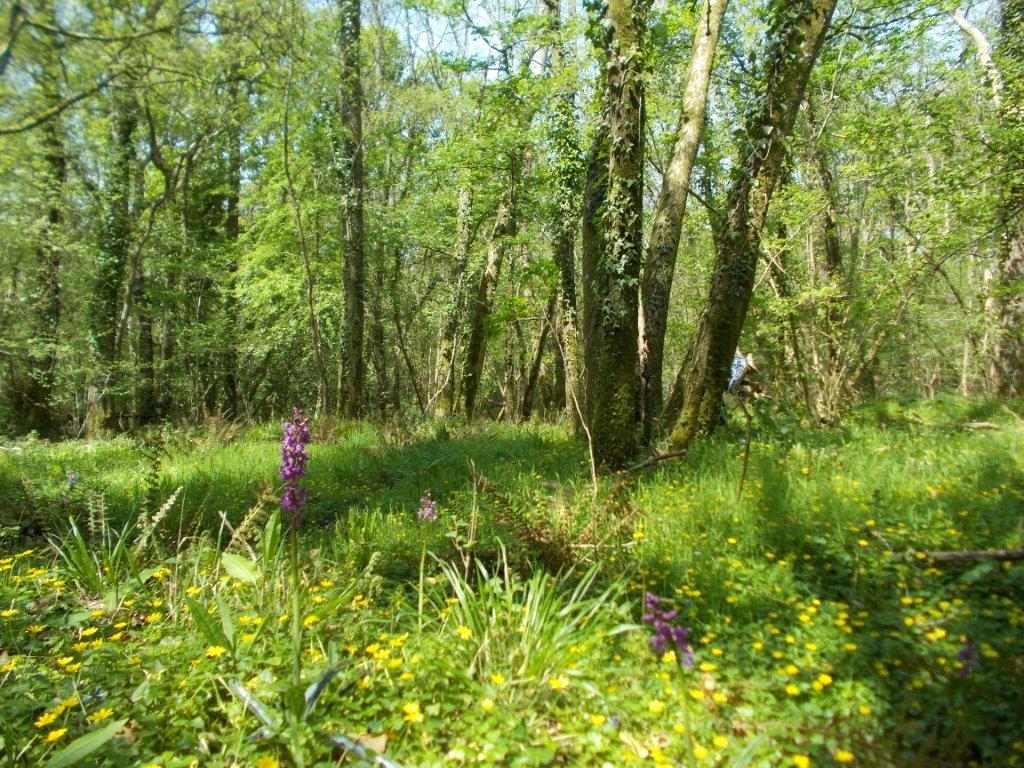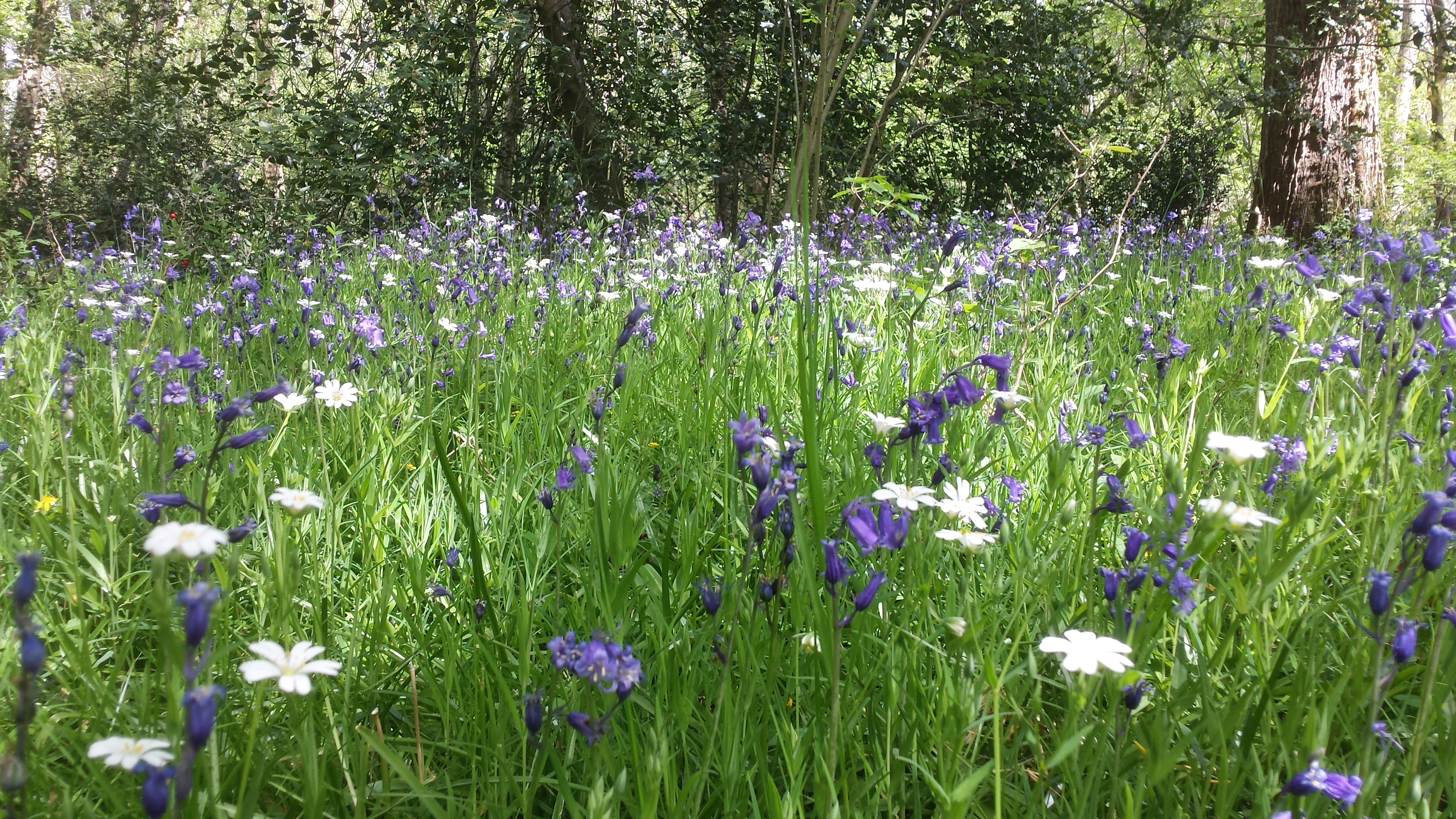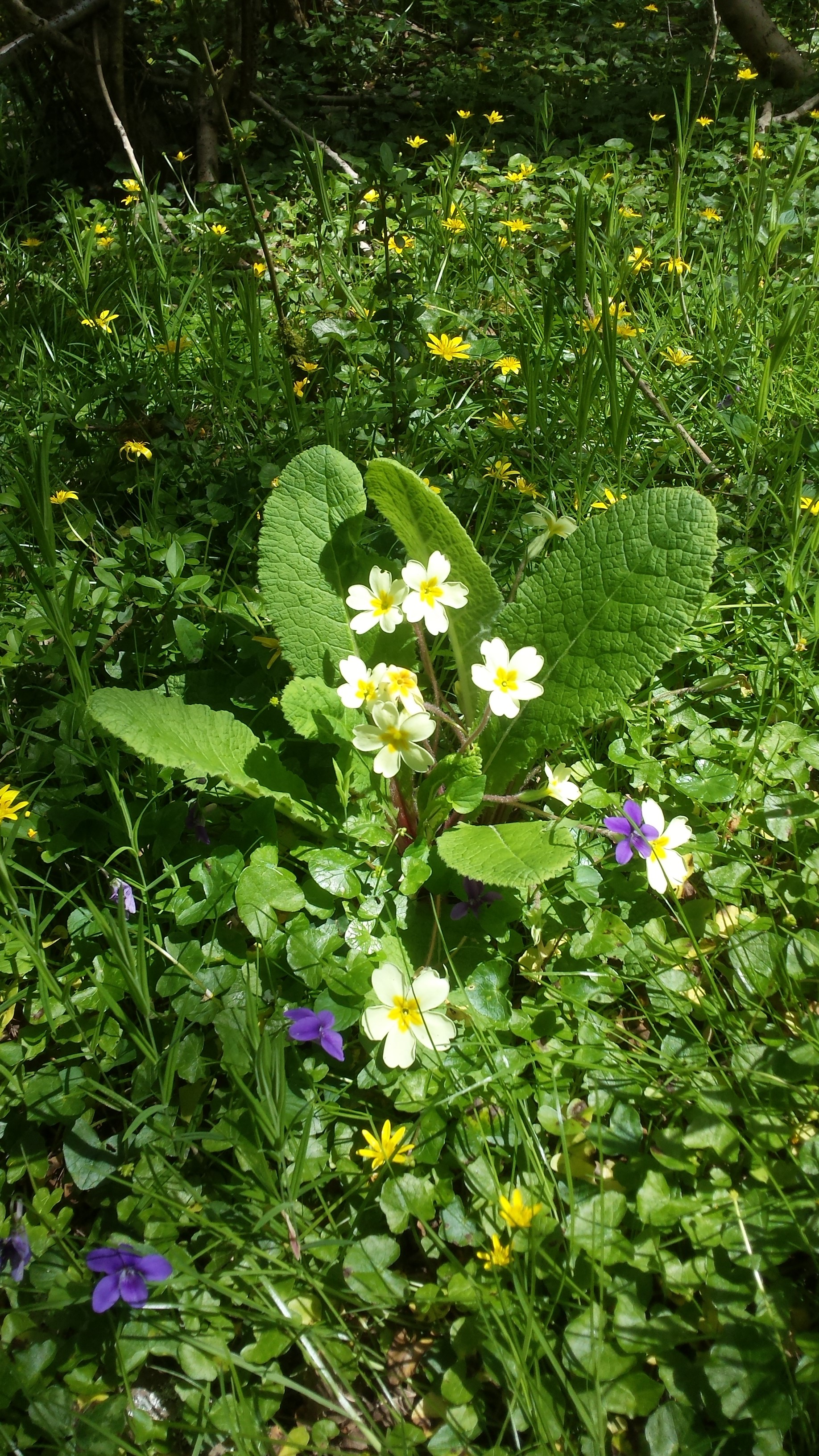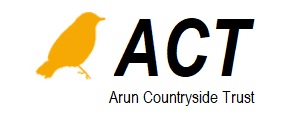Those of you who have ventured into Binsted Woods to marvel at the Bluebells may have also seen the dazzling spectacle of hundreds of Early-purple Orchids, their pinkish-purple spikes vibrant in the spring sunshine. As the name suggests this is one of our earliest flowering orchids, brightening up field edges, hedge-banks and ancient woodlands.
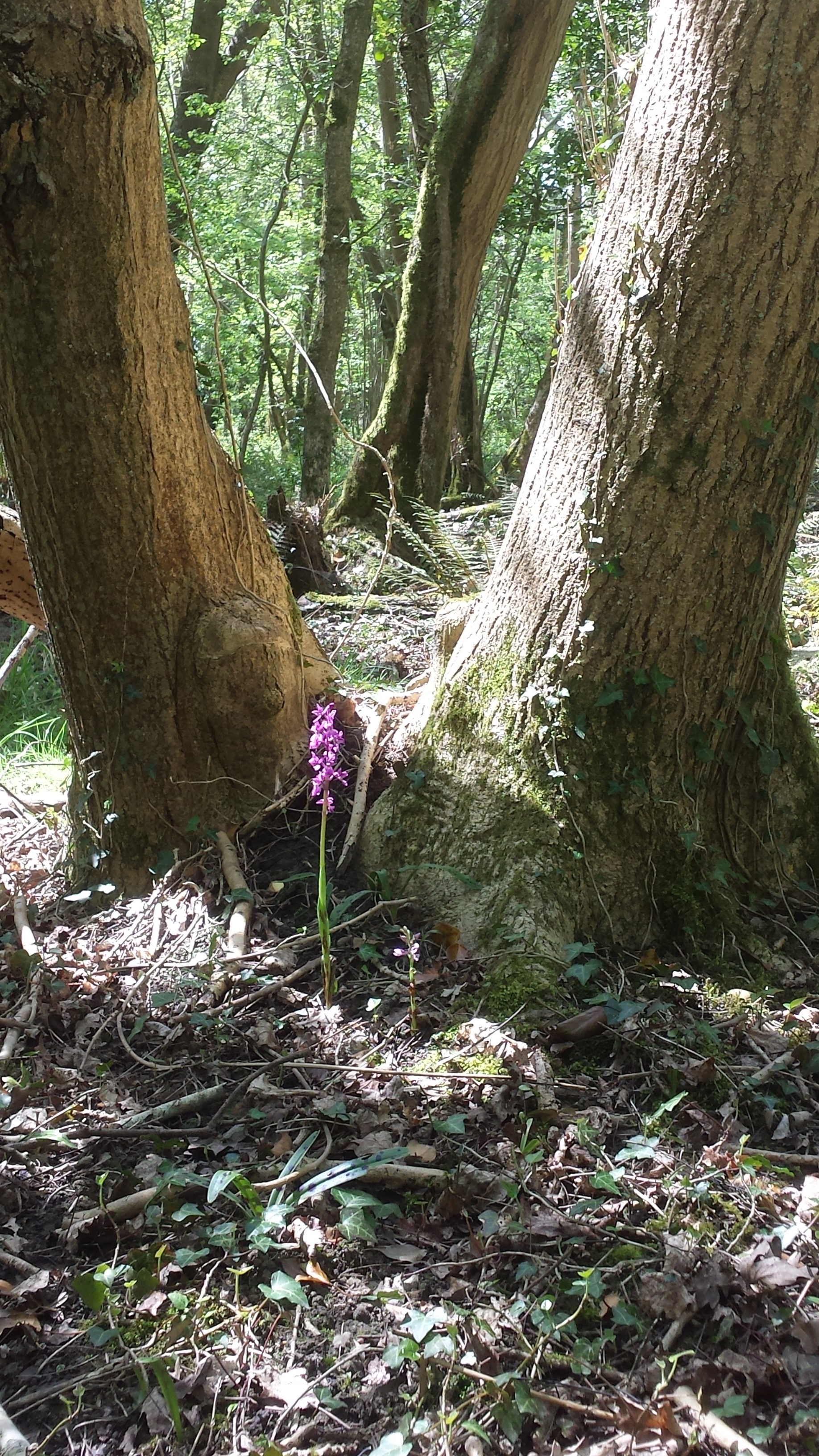 Orchids are quite different from other flowering plants. Flowers are borne on an elongating spike and consist of three outer and three inner petals that have evolved into a multitude of shapes and forms. The flowers of the rather uncommon Lady Orchid bear an uncanny resemblance to ladies wearing smock-type dresses. Others, such as the Fly Orchid, Bee Orchid and Early Spider-orchid, can, as the names suggest, be mistaken for insects. All have evolved particular colours, shapes and odours of female insects to attract the males – and this outright deceit certainly works, for amorous males abound around such flowers!
Orchids are quite different from other flowering plants. Flowers are borne on an elongating spike and consist of three outer and three inner petals that have evolved into a multitude of shapes and forms. The flowers of the rather uncommon Lady Orchid bear an uncanny resemblance to ladies wearing smock-type dresses. Others, such as the Fly Orchid, Bee Orchid and Early Spider-orchid, can, as the names suggest, be mistaken for insects. All have evolved particular colours, shapes and odours of female insects to attract the males – and this outright deceit certainly works, for amorous males abound around such flowers!
Unlike other plants that liberally scatter loose pollen over insects, orchids pack pollen up into tight club-shaped bundles called pollinia (pollen masses). Two are produced per flower and each pollinium is on a stalk, at the base of which is a sticky disc that adheres to the visitor’s head or tongue. Should an insect pick up both pollinia in one visit, it rather looks as though it has obtained an extra pair of bright-yellow antennae! Having attached itself to the insect, the pollinium gradually changes orientation and bends forwards placing it in exactly the correct position to make contact with the stigma (female part of a flower). The time lapse ensures that whilst the insect is still visiting flowers on the same plant, they cannot be pollinated because the pollinium will be in the wrong position. The time taken to find another flower spike sees the pollinium correctly placed, thereby rather ingeniously ensuring cross-pollination.
Native wild orchids are not quite as showy as some of their epiphytic rainforest relatives, yet they are still rather spectacular in an understated British way. However, when it comes to the hundreds of Early-purple Orchids intermixed with the Celandines, Bluebells, Stitchworts, Primroses, Violets and other flowers of Binsted Woods, these orchids truly stand out above the carpet of purple and gold, white and blue.
